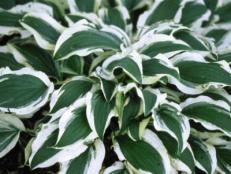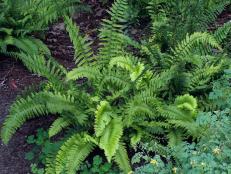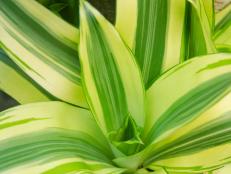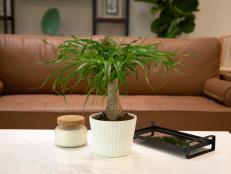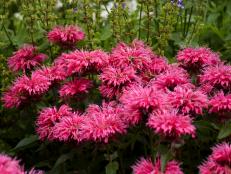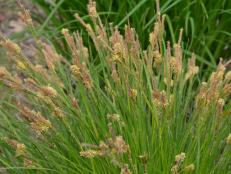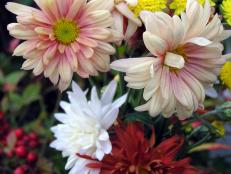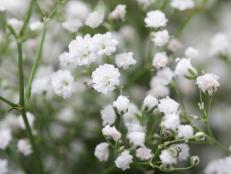'White Feather' Hosta

Image courtesy of Ball Horticultural Company
Give your garden a true touch of the unusual by adding ‘White Feather’ hosta to the mix. This striking perennial accents any planting with its distinctive colorless leaves. ‘White Feather’ hosta takes light-colored leaves to a whole new level. It’s not the easiest hosta to grow, but with a little attention to detail, you can enjoy a truly one-of-a-kind hosta.
Growing ‘White Feather’ hosta successfully requires a trip back to biology class. Remember learning about chlorophyll? It’s the green stuff that makes plants grow. ‘White Feather’ hosta doesn’t have any—that’s why the leaves are white. As a result, this is a slow-growing plant.
Even in ideal growing conditions, this beauty isn’t going to achieve full size right away, so if you plan to grow it, invest in creating perfect hosta growing conditions. Enrich soil with plenty of organic matter to improve soil nutrition and water-holding abilities.
As for light conditions, hostas with heavy white variegations on leaves can’t typically withstand direct sun. ‘White Feather’ hosta is no exception. Keep this pale-leafed perennial in light to full shade for best coloring. Lighter colored leaf tissue is also usually thinner, which means it can easily burn in direct sun.
That thin leaf tissue is a beacon to slugs, which love munching on the thin material. When growing ‘White Feather’ hosta, keep a supply of slug bait on hand, and use it liberally. You can find pet-safe slug baits, if that’s a concern. Rabbits also tend to be fond of this white hosta. Protect plants with sprays or plastic bird netting.
‘White Feather’ hosta isn’t a large plant. It grows 6 to 10 inches tall and 9 to 12 inches wide. Place it where you can see it—toward the front of a bed or better still, in a container. Many gardeners grow ‘White Feather’ hosta in pots so that they can give it a prominent location in their gardens. Growing this pale beauty in a container also makes it easier to protect it from slugs and rabbits.
Leaves are whitest when they emerge in early spring. As summer unfolds, green starts to appear on ‘White Feather’ hosta leaves. First, you’ll see green leaf veins, followed by a pale green cast to the leaves. Don’t be alarmed by this color transformation. Remember—the leaves need some chlorophyll to fuel growth and build some food supplies in roots to jump-start growth next year.
Like many hostas, ‘White Feather’ hosta is hardy in Zones 3 to 9. In cold winter regions, if you’re growing ‘White Feather’ in a pot, sink the container into soil in an empty garden bed for the winter. A vegetable planting area works great. Mulch soil once it freezes to provide extra protection for your prized hosta.
If you like the look of ‘White Feather’ hosta but don’t think you’re up the challenge of tending a prima donna perennial, check out other hosta plant varieties with white variegated leaves. ‘Fire and Ice’ and ‘Fireworks’ both offer substantial white patches on leaves—without the care demands that ‘White Feather’ hosta needs.







